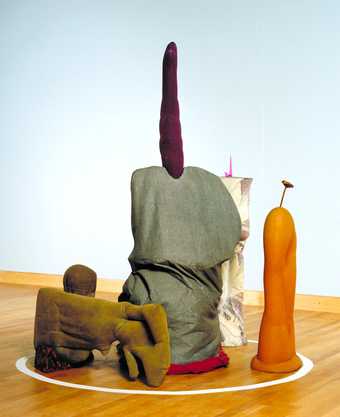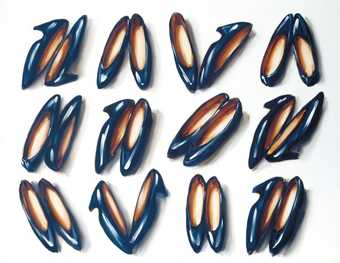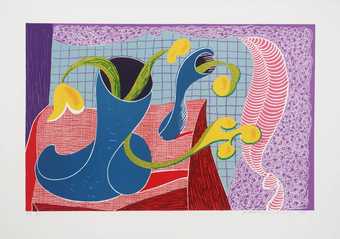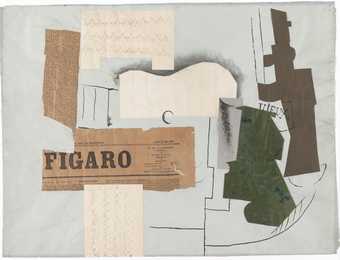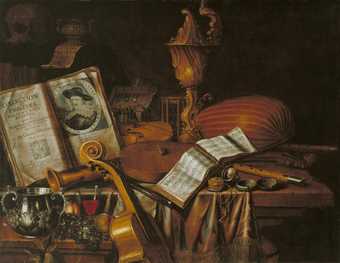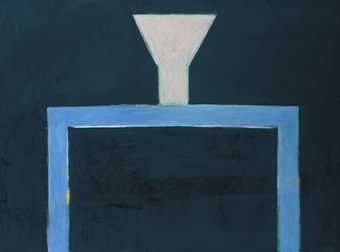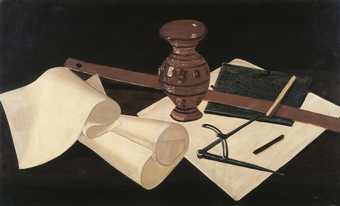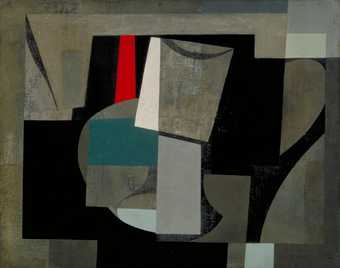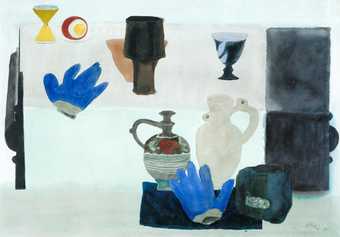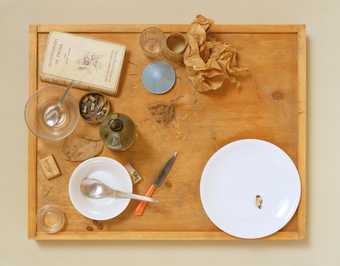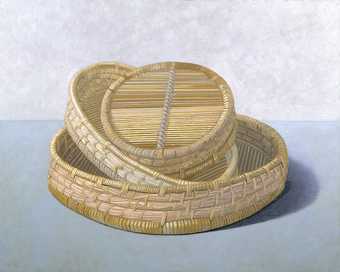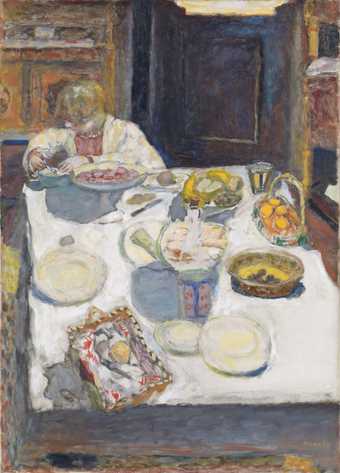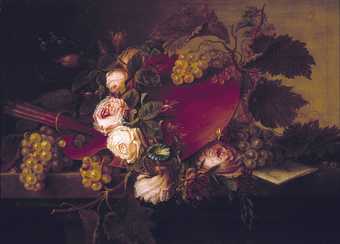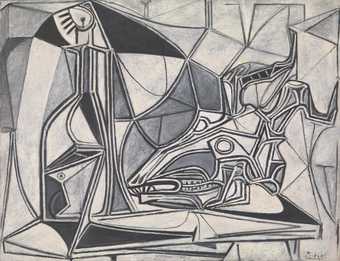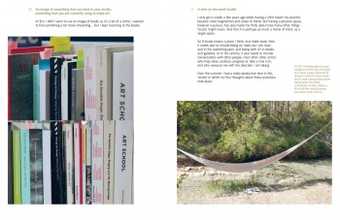Still lifes can include all kinds of man-made or natural objects. They can be realistic or abstract, familiar or unexpected or have a symbolic meaning related to celebration or death.
Shape, pattern, structure
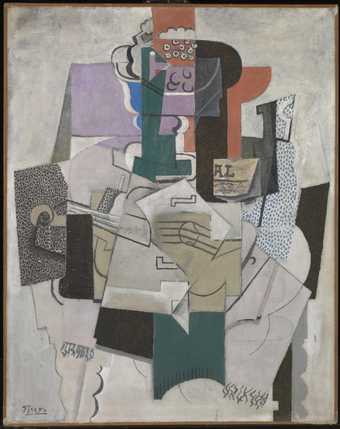
Pablo Picasso
Bowl of Fruit, Violin and Bottle
(1914)
Lent by the National Gallery 1997
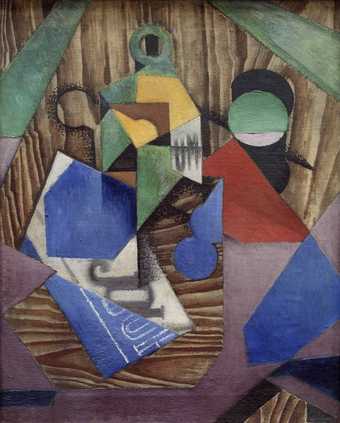
Juan Gris
Bottle of Rum and Newspaper
(1913–14)
Tate
Simple still life arrangements have been used by artists for a long time. The cubists used them to experiment with shape, viewpoint and material. Artists often choose visually interesting objects – for their form, colour or texture. For example, the simple shape of a bottle. A complicated pattern on a piece of cloth. The structure of a halved fruit. Pop artists were inspired by the bold packaging of the everyday objects in their work.
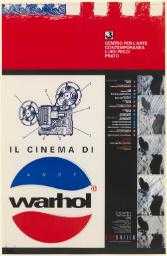
Andy Warhol
The Cinema of Andy Warhol
(1990)
ARTIST ROOMS Tate and National Galleries of Scotland
© 2024 The Andy Warhol Foundation for the Visual Arts, Inc. / Licensed by DACS, London
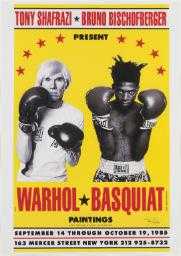
Andy Warhol
Warhol/Basquiat Paintings
(1985)
ARTIST ROOMS Tate and National Galleries of Scotland
© 2024 The Andy Warhol Foundation for the Visual Arts, Inc. / Licensed by DACS, London
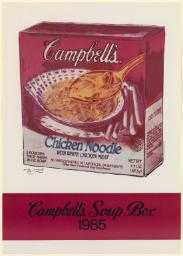
Andy Warhol
Campbell’s Soup Box 1985
(1985)
ARTIST ROOMS Tate and National Galleries of Scotland
© 2024 The Andy Warhol Foundation for the Visual Arts, Inc. / Licensed by DACS, London
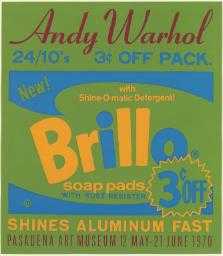
Andy Warhol
Brillo
ARTIST ROOMS Tate and National Galleries of Scotland
© 2024 The Andy Warhol Foundation for the Visual Arts, Inc. / Licensed by DACS, London
Symbols
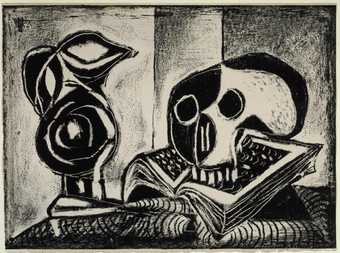
Pablo Picasso
Black Jug and Skull
(1946)
Tate
Still lifes can also be used as symbols. By depicting particular objects artists suggest other themes or ideas. Artists often include skulls in their work to represent death. This kind of still life is valled a vanitas.
You add extra meaning to a work when you include things of personal significance. These things could be a photograph or a souvenir. Many twentieth century artists depict objects of cultural significance. Andy Warhol used real everyday objects to symbolise contemporary culture and consumerism.
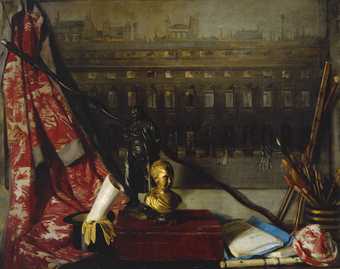
Sir William Nicholson
Studio Still Life
(1914)
Tate
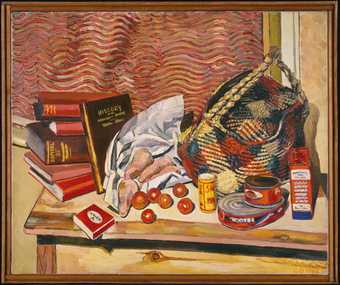
Clive Branson
Still Life
(1940)
Tate
New interpretations

Sarah Lucas
The Old In Out
(1998)
Tate
By presenting everyday objects in new ways artists create new interpretations. They make us think about objects in a different way. Sarah Lucas cast a toilet in clear resin. This created a beautiful object from something basic and functional. What we think of the object changes because it now looks dramatic and detailed. Henry Moore’s cropped and enlarged details of skulls look like interiors of futuristic buildings.
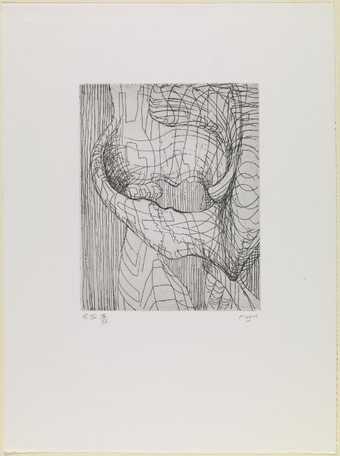
Henry Moore OM, CH
Elephant Skull Plate III
(1969)
Tate
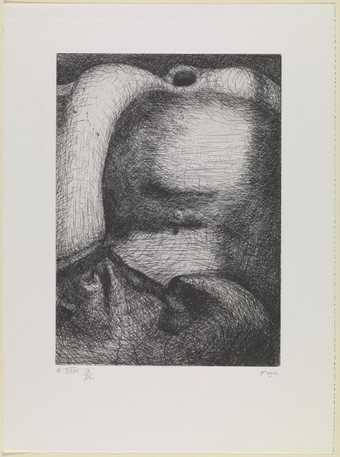
Henry Moore OM, CH
Elephant Skull Plate XXVII
(1970)
Tate

Henry Moore OM, CH
Elephant Skull Plate XXI
(1969)
Tate
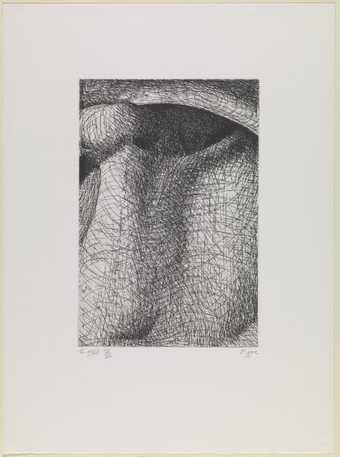
Henry Moore OM, CH
Elephant Skull Plate XVIII
(1970)
Tate

